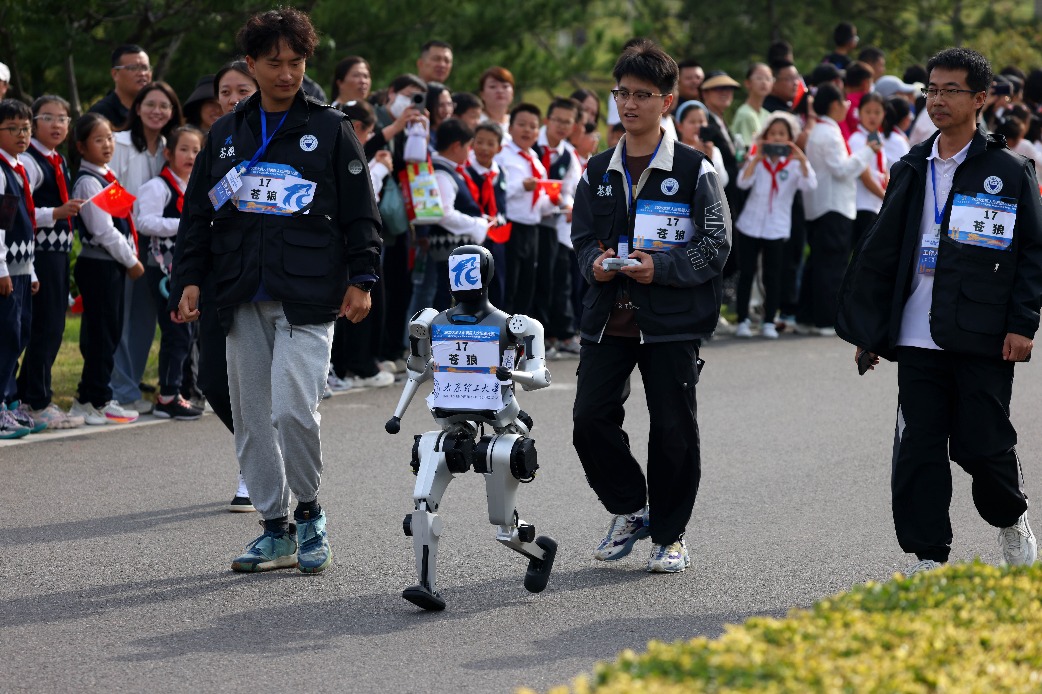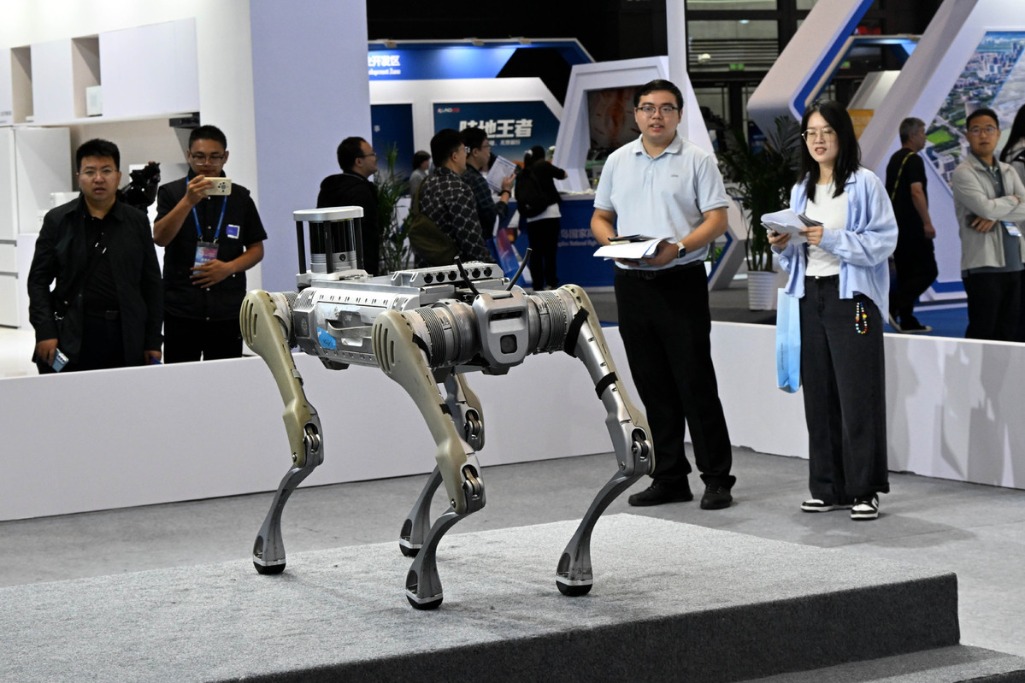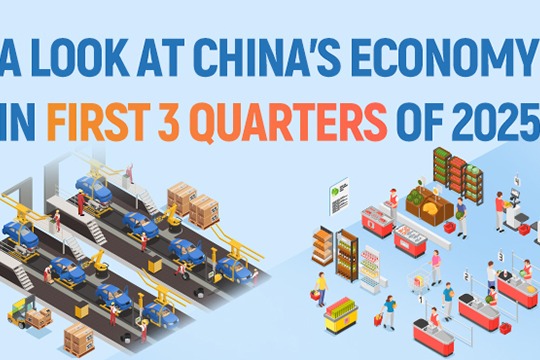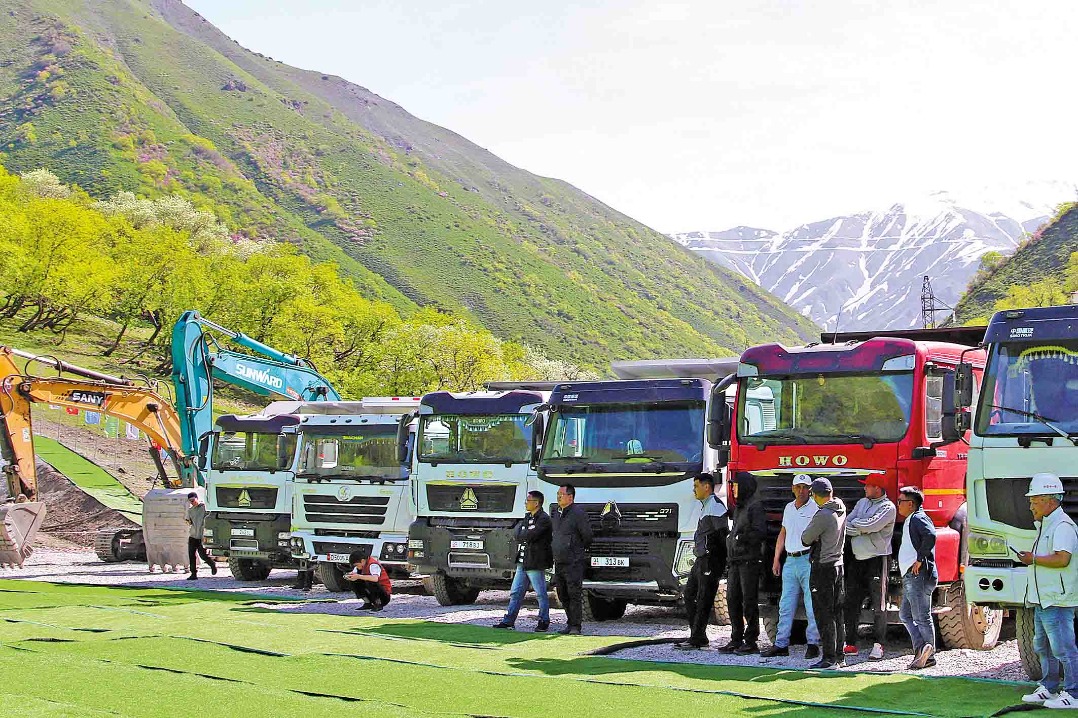Hydropower playing bigger role in energy security


China's hydropower sector is poised to grow stronger and become a critical "cornerstone" in the nation's energy security and green transition, said industry experts, citing its robust regulatory capabilities amid soaring demand for new renewable energy.
Possessing abundant hydraulic resources, China has developed world-leading capabilities across the entire hydropower industrial chain, from surveying and design to engineering construction and equipment manufacturing, they added.
Hydropower is considered a vital and high-quality supporting power source for the electricity system, serving as both a non-fossil fuel and a crucial grid stabilizer, said Xiang Haiping, chief expert of China Energy Research Society.
Xiang said he believes that China still has potential for an additional 160 million kilowatts of hydropower development, as the country vows to peak carbon before 2030 and achieve carbon neutrality before 2060.
Future expansion will largely shift from central and eastern regions to the upper reaches of southwestern rivers, particularly in the Xizang autonomous region, he said during the recently-held Tongzhou Global Development Forum 2025.
Against this backdrop of increasing demand for flexible and stable power, China has, in recent years, significantly intensified its hydropower development.
Leveraging its world-leading expertise across the entire industrial chain, Beijing has prioritized new projects and capacity expansion to bolster energy security and provide essential grid stability amidst the rapid growth of intermittent renewable sources.
The world's largest clean energy corridor, consisting of six mega hydropower stations on China's Yangtze River, has cumulatively produced over 4 trillion kilowatt-hours of power so far, according to its operator China Three Gorges Corp (CTG).
Consisting of Wudongde, Baihetan, Xiluodu, Xiangjiaba, the Three Gorges and Gezhouba, the corridor generated 235.1 billion kWh of electricity in the first three quarters of this year, it said.
It has significantly bolstered the safe and stable operation of the power grid during periods of high electricity demand and provided strong support for economic and social green development in China, said the company.
Spanning 1,800 kilometers, the green corridor boasts a total installed capacity of around 71.70 million kW and generates approximately 300 billion kWh annually.
With large power output and strong power regulation capacity, the clean energy corridor has played a key role in guaranteeing safe and stable operation of power grids and supporting implementation of the nation's west-to-east power transmission program.
In addition, China has announced the construction of a hydropower project in the lower reaches of the Yarlung Zangbo River, which will consist of five cascade hydropower stations with a total investment estimated at around 1.2 trillion yuan ($168.5 billion).
The project, according to Xiang, will further ensure domestic energy security.
Guo Bowei, associate professor at the School of Applied Economics at Renmin University of China, also warned of challenges that arise from the geographical distribution of hydropower resources in the southwestern parts of the country.
While China's main electricity demand centers are concentrated in the eastern coastal regions, transporting energy from the west to the east incurs high costs, underscoring the need for new pathways to ensure regional energy security, said Guo.
China's eastern regions should further prioritize enhancing grid flexibility and load response capabilities to meet evolving energy demands, while central and western areas need to strengthen the integrated development of new energy bases and computing centers, he said.
Guo suggested that the government should emphasize the need to bolster advanced technologies, including energy storage, hydrogen energy, smart grids and virtual power plants to ensure a more resilient and sustainable energy system nationwide.
By focusing on distinct regional needs and advancing key technological innovations, China should further optimize its energy distribution and consumption, particularly as demand from sectors like artificial intelligence continues to grow, he said.
Li Sheng, director-general of the China Renewable Energy Engineering Institute, echoed these thoughts, saying that hydropower units offer rapid start-up and shutdown, flexible operation and strong load-following capabilities, making them a crucial regulatory resource for the electricity system.
However, Li also pointed to growing complexities in hydropower development and external constraints.
Future power stations are mainly situated in challenging regions such as in the southwestern parts of China, which present more intricate construction conditions, diverse ecological sensitivities and complex issues like population resettlement, he said.
To address these challenges and maximize hydropower's potential, Li recommended accelerating the construction of major hydropower bases and key reservoir power stations.
zhengxin@chinadaily.com.cn




































